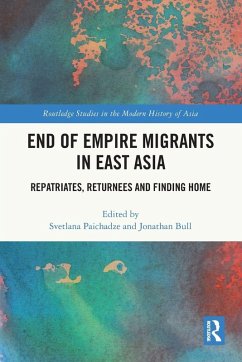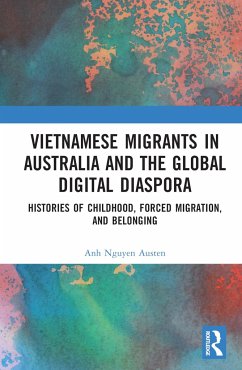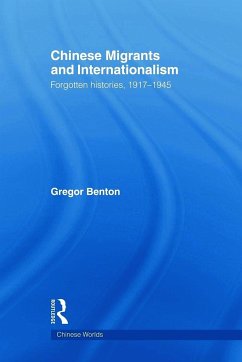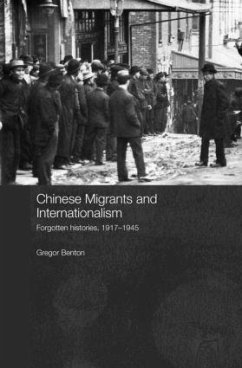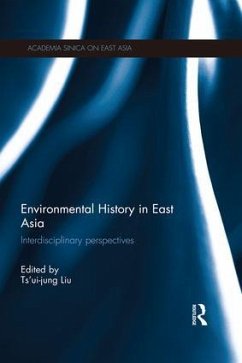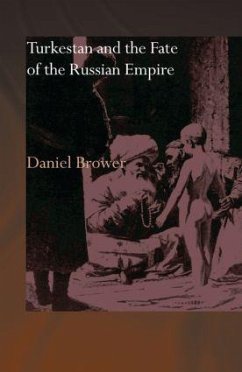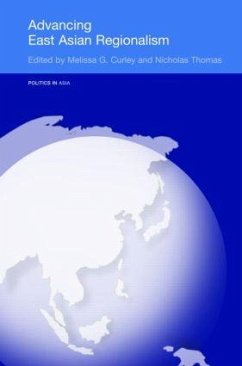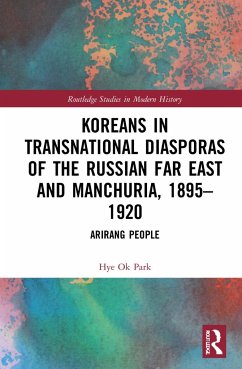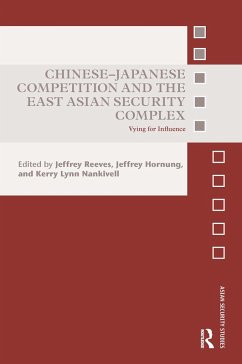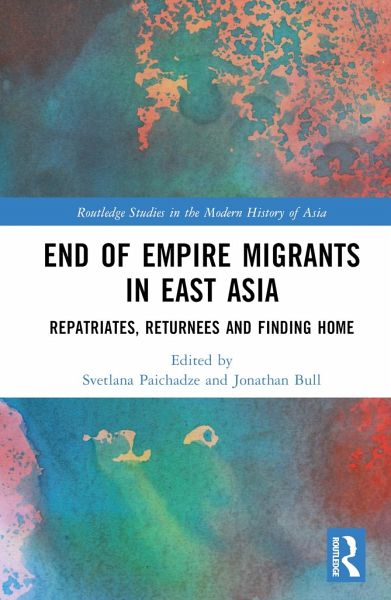
End of Empire Migrants in East Asia
Repatriates, Returnees and Finding Home
Herausgeber: Paichadze, Svetlana; Bull, Jonathan
Versandkostenfrei!
Versandfertig in 1-2 Wochen
149,99 €
inkl. MwSt.
Weitere Ausgaben:

PAYBACK Punkte
75 °P sammeln!
This book provides an interdisciplinary study about the migration of approximately 9 million people who became end of empire migrants in East Asia following the collapse of the Japanese Empire in 1945.





